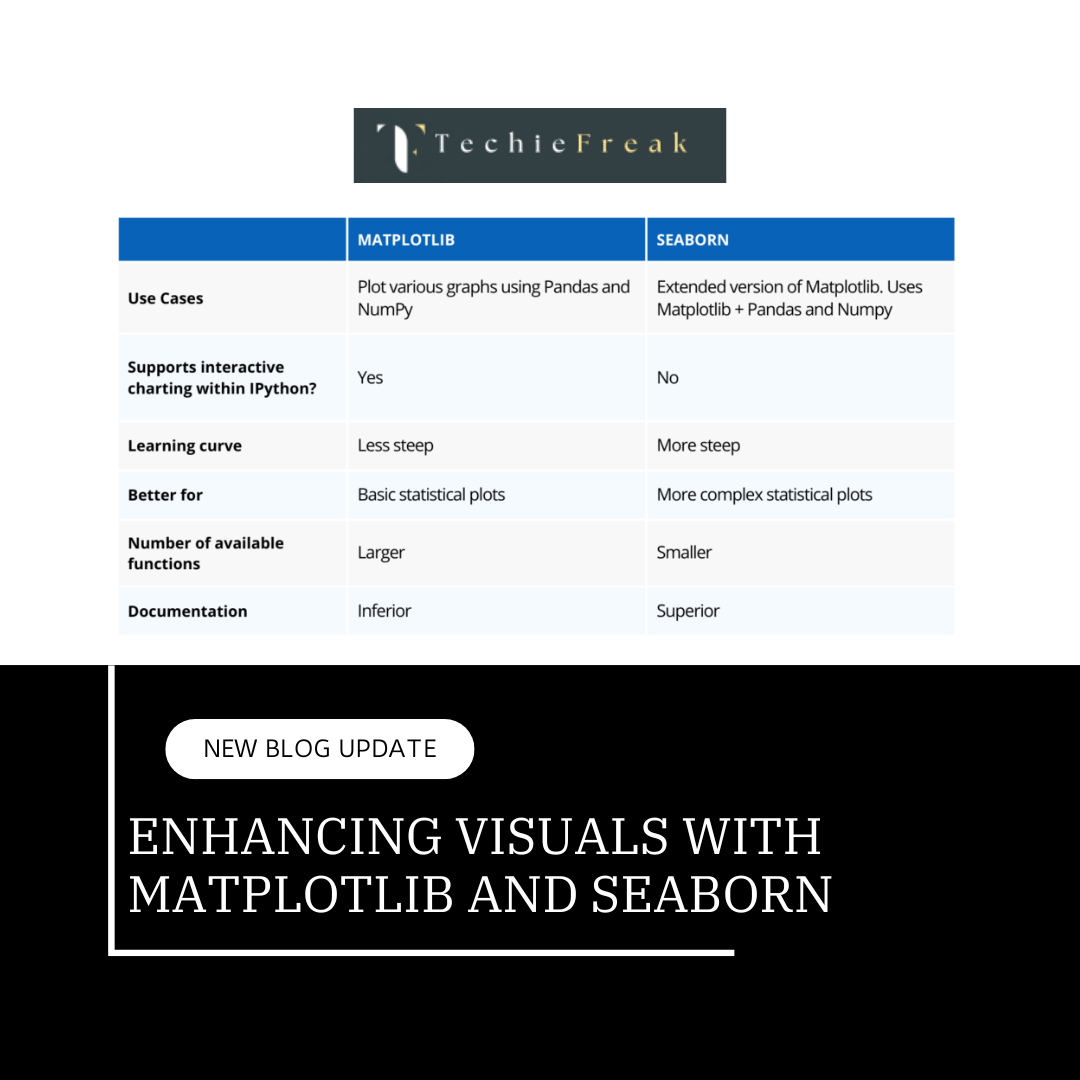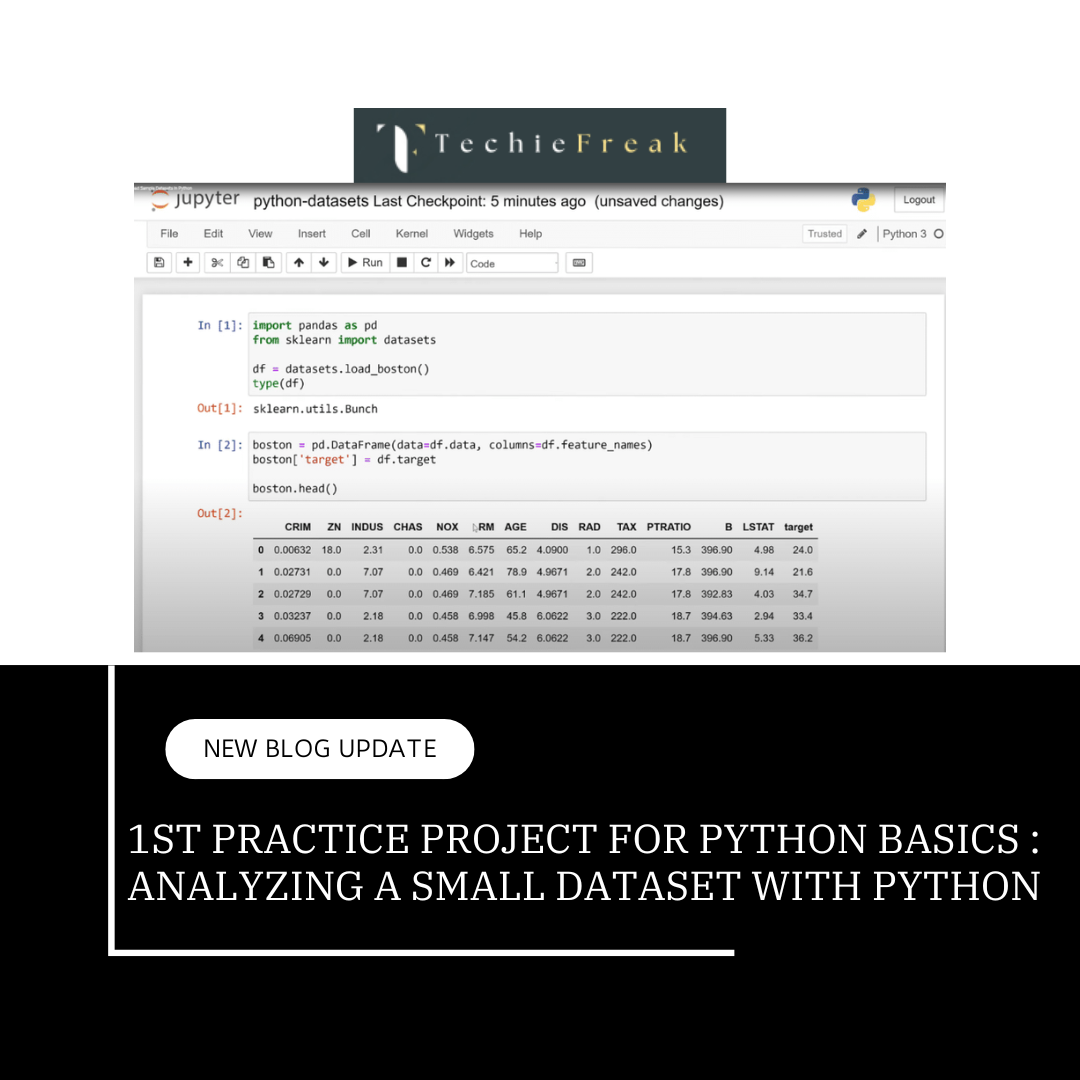Understanding Python Classes and Objects: A Deep Dive
In programming, the ability to model real-world problems in code is crucial. Object-Oriented Programming (OOP) enables us to achieve this by creating classes and objects. Python, being a versatile and beginner-friendly language, offers robust support for OOP, making it a great choice for implementing complex systems with modular and reusable code.
In this blog, we’ll unravel the mysteries of Python classes and objects, dive into their features, and provide examples to ensure that you walk away with a solid understanding. This isn’t just a theoretical exploration; we’ll bring it to life with engaging examples and analogies.
1. What Are Python Classes ?
A class is a blueprint for creating objects. Think of it like a recipe for baking a cake—while the recipe isn’t the cake itself, it defines the ingredients and steps required to make one. In Python, classes define the properties (attributes) and behaviors (methods) of the objects you create.
1.1 Creating Classes in Python
Defining a class in Python is straightforward. Use the class keyword followed by the class name (written in PascalCase). Here’s an example:
class Person:
# Class body
pass # Placeholder to indicate an empty class
This creates a simple class named Person. While it doesn’t do much yet, we’ll soon enhance it with attributes and methods.
1.2 Adding Attributes to Classes
Attributes define the properties of an object. There are two types:
- Class Attributes: Shared by all instances of the class.
- Instance Attributes: Unique to each object.
Instance Attributes
To initialize instance attributes, we use the __init__ method. It’s a special method (also called a constructor) that Python calls automatically when creating an object.
class Person:
def __init__(self, name, age):
self.name = name # Instance attribute
self.age = age # Instance attribute
Here, name and age are attributes initialized when an object is created.
Creating Objects
person1 = Person("Alice", 30)
print(person1.name) # Output: Alice
print(person1.age) # Output: 30
1.3 Adding Methods to Classes
Methods define the behavior of objects. They are functions defined within a class and can access the object’s attributes using self.
class Person:
def __init__(self, name, age):
self.name = name
self.age = age
def greet(self):
return f"Hello, my name is {self.name} and I am {self.age} years old."
Calling Methods
person1 = Person("Alice", 30)
print(person1.greet()) # Output: Hello, my name is Alice and I am 30 years old.
1.4 Class Attributes vs. Instance Attributes
Class attributes are shared across all objects of a class, while instance attributes are specific to each object.
class Person:
species = "Homo sapiens" # Class attribute
def __init__(self, name, age):
self.name = name # Instance attribute
self.age = age # Instance attribute
Accessing Class Attributes
print(Person.species) # Output: Homo sapiens
person1 = Person("Alice", 30)
print(person1.species) # Output: Homo sapiens
Changing a class attribute affects all instances unless overridden by an instance attribute.
1.5 Inheritance: Reusing Code
Inheritance is a powerful feature in object-oriented programming that allows you to create a new class (child class) by deriving it from an existing class (parent class). The child class inherits attributes and methods from the parent class, enabling code reuse, reducing redundancy, and promoting modularity. This concept is especially useful when you have a hierarchical relationship among classes.
Key Benefits of Inheritance
- Code Reusability: Methods and attributes of the parent class can be reused by the child class, reducing the need to rewrite code.
- Extensibility: Child classes can add or override methods and attributes, allowing flexibility and the ability to extend functionality.
- Hierarchical Representation: It reflects real-world relationships, such as "a dog is an animal" or "a car is a vehicle."
- Maintainability: Centralized changes in the parent class automatically propagate to the child classes, improving maintenance.
How Inheritance Works in Python
Inheritance is implemented by specifying the parent class in parentheses when defining the child class.
Syntax
class ParentClass:
# Parent class code
class ChildClass(ParentClass):
# Child class code
Example: Single Inheritance
Let's expand on the example of animals:
class Animal:
def __init__(self, name):
self.name = name
def speak(self):
return f"{self.name} makes a sound."
class Dog(Animal):
def speak(self):
return f"{self.name} barks."
class Cat(Animal):
def speak(self):
return f"{self.name} meows."
# Using the child classes
dog = Dog("Buddy")
cat = Cat("Kitty")
print(dog.speak()) # Output: Buddy barks
print(cat.speak()) # Output: Kitty meows
In this example:
- Dog and Cat classes inherit the __init__ method from the Animal class, avoiding duplication.
- Each subclass customizes the speak method to fit its behavior.
Types of Inheritance in Python
- Single Inheritance
A single child class inherits from one parent class.
Example: Dog inherits from Animal. Multiple Inheritance
A child class inherits from more than one parent class.
Example:class Flyer: def fly(self): return "Can fly." class Swimmer: def swim(self): return "Can swim." class Duck(Flyer, Swimmer): pass duck = Duck() print(duck.fly()) # Output: Can fly. print(duck.swim()) # Output: Can swim.Multilevel Inheritance
A class inherits from a child class, creating a chain of inheritance.
Example:class Vehicle: def __init__(self, brand): self.brand = brand class Car(Vehicle): def __init__(self, brand, model): super().__init__(brand) self.model = model class SportsCar(Car): def __init__(self, brand, model, speed): super().__init__(brand, model) self.speed = speed def show_info(self): return f"{self.brand} {self.model} runs at {self.speed} km/h." car = SportsCar("Ferrari", "488 Spider", 330) print(car.show_info()) # Output: Ferrari 488 Spider runs at 330 km/h.- Hierarchical Inheritance
Multiple child classes inherit from the same parent class.
Example: Dog and Cat inherit from Animal. - Hybrid Inheritance
A mix of two or more types of inheritance, combining their features.
Overriding Methods in Inheritance
Child classes can override parent class methods to provide specific behavior.
class Parent:
def greet(self):
return "Hello from Parent!"
class Child(Parent):
def greet(self):
return "Hello from Child!"
child = Child()
print(child.greet()) # Output: Hello from Child!
By overriding, the child class customizes the behavior of the inherited method.
Using super()
The super() function allows you to call methods of the parent class from the child class. This is especially useful when you want to extend the functionality of an inherited method.
class Animal:
def __init__(self, name):
self.name = name
def speak(self):
return f"{self.name} makes a sound."
class Dog(Animal):
def __init__(self, name, breed):
super().__init__(name)
self.breed = breed
def speak(self):
return f"{super().speak()} Specifically, {self.name} barks."
dog = Dog("Buddy", "Golden Retriever")
print(dog.speak()) # Output: Buddy makes a sound. Specifically, Buddy barks.
1.6 Encapsulation: Protecting Data
Encapsulation hides the internal details of an object and restricts direct access to them. In Python, we achieve this by prefixing attributes with an underscore or double underscore.
Example
class Person:
def __init__(self, name, age):
self.__name = name # Private attribute
def get_name(self):
return self.__name
def set_name(self, name):
self.__name = name
Accessing Private Attributes
person = Person("Alice", 30)
print(person.get_name()) # Output: Alice
person.set_name("Bob")
print(person.get_name()) # Output: Bob
1.7 Polymorphism: Flexibility in Behavior
Polymorphism is a core concept in object-oriented programming (OOP) that allows objects of different classes to be treated as objects of a common superclass. It enables methods with the same name to behave differently based on the object’s class. This flexibility promotes scalability, modularity, and easier code maintenance.
Types of Polymorphism in Python
- Compile-Time Polymorphism (Method Overloading)
- In some programming languages, the same method name can be used with different parameters (overloading).
- Python does not support true method overloading, but it can be achieved using default arguments or variable-length arguments.
Example:
class MathOperations: def add(self, a, b, c=0): return a + b + c obj = MathOperations() print(obj.add(2, 3)) # Output: 5 print(obj.add(2, 3, 4)) # Output: 9
- Run-Time Polymorphism (Method Overriding)
- In this type, a child class overrides a method in the parent class to provide its own implementation.
Example:
class Animal: def speak(self): return "Animal speaks" class Dog(Animal): def speak(self): return "Dog barks" class Cat(Animal): def speak(self): return "Cat meows" animal = Animal() dog = Dog() cat = Cat() print(animal.speak()) # Output: Animal speaks print(dog.speak()) # Output: Dog barks print(cat.speak()) # Output: Cat meows
- Polymorphism through Inheritance
- When a child class inherits a method from the parent class and uses it, polymorphism enables flexibility in using the same method across various derived classes.
Example:
class Shape: def area(self): pass class Circle(Shape): def __init__(self, radius): self.radius = radius def area(self): return 3.14 * self.radius * self.radius class Rectangle(Shape): def __init__(self, length, width): self.length = length self.width = width def area(self): return self.length * self.width shapes = [Circle(5), Rectangle(4, 6)] for shape in shapes: print(shape.area()) # Output: # 78.5 # 24
- Polymorphism through Duck Typing
- Duck typing is a dynamic polymorphism concept where the type of object is determined at runtime.
- If an object implements certain methods, it is considered valid regardless of its actual class.
Example:
class Bird: def fly(self): return "Flying high!" class Airplane: def fly(self): return "Taking off!" def make_it_fly(obj): print(obj.fly()) bird = Bird() airplane = Airplane() make_it_fly(bird) # Output: Flying high! make_it_fly(airplane) # Output: Taking off!
Advantages of Polymorphism
- Flexibility: Code can work with objects of different classes seamlessly.
- Scalability: New classes can be added without modifying existing code.
- Code Reusability: The same interface can be reused for different implementations.
- Simplified Maintenance: Changes in behavior are easier to manage as they are encapsulated within individual classes.
Real-Life Example of Polymorphism
Consider a payment system where multiple payment methods like credit cards, debit cards, and wallets are used. Each payment type has a pay method with different implementations.
class Payment:
def pay(self, amount):
pass
class CreditCard(Payment):
def pay(self, amount):
return f"Paid {amount} using Credit Card."
class DebitCard(Payment):
def pay(self, amount):
return f"Paid {amount} using Debit Card."
class Wallet(Payment):
def pay(self, amount):
return f"Paid {amount} using Wallet."
# Polymorphic behavior
payments = [CreditCard(), DebitCard(), Wallet()]
for payment in payments:
print(payment.pay(100))
Output:
Paid 100 using Credit Card.
Paid 100 using Debit Card.
Paid 100 using Wallet.
1.8 Magic Methods: Adding Special Behaviors
Magic methods, also known as dunder methods (short for "double underscore"), are special methods with predefined names in Python. They enable you to define or customize the behavior of built-in operations for user-defined objects, such as addition, string representation, comparisons, and more.
Example
class Point:
def __init__(self, x, y):
self.x = x
self.y = y
def __add__(self, other):
return Point(self.x + other.x, self.y + other.y)
def __str__(self):
return f"Point({self.x}, {self.y})"
Using Magic Methods
p1 = Point(1, 2)
p2 = Point(3, 4)
p3 = p1 + p2
print(p3) # Output: Point(4, 6)
2. Objects in Python: The Heart of Object-Oriented Programming
_1734976090.png)
An object is a concrete instance of a class. If a class is the blueprint, then objects are the actual products built from it. They encapsulate data (attributes) and behavior (methods) defined in the class. Every object in Python has three key characteristics:
- Identity: A unique identifier for the object (can be retrieved using the id() function).
- Type: Determines what kind of object it is (retrieved using type()).
- Value: The data the object holds.
2.1 How to Create and Use Objects
Objects are created by calling the class as if it were a function.
Example:
class Person:
def __init__(self, name, age):
self.name = name
self.age = age
# Creating an object of the Person class
person1 = Person("Alice", 30)
Here, person1 is an object of the Person class. It holds specific data (name and age) and can use the class’s methods.
2.2 Accessing Object Attributes and Methods
Once an object is created, its attributes and methods can be accessed using dot notation (.).
Example:
print(person1.name) # Accessing attribute: Output is Alice
print(person1.age) # Accessing attribute: Output is 30
If the class defines a method, you can call it like this:
class Person:
def __init__(self, name, age):
self.name = name
self.age = age
def introduce(self):
return f"Hi, I'm {self.name} and I'm {self.age} years old."
# Using the method
print(person1.introduce()) # Output: Hi, I'm Alice and I'm 30 years old.
2.3 Multiple Objects from a Single Class
The beauty of objects lies in their individuality. Multiple objects of the same class can coexist, each holding unique data.
Example:
person2 = Person("Bob", 25)
print(person1.introduce()) # Output: Hi, I'm Alice and I'm 30 years old.
print(person2.introduce()) # Output: Hi, I'm Bob and I'm 25 years old.
Despite sharing the same class, person1 and person2 are distinct entities with different data.
2.4 Inspecting Objects
Python provides several built-in functions to inspect objects:
type(object): Returns the type of the object.
print(type(person1)) # Output:id(object): Returns the unique identifier for the object.
print(id(person1)) # Output: A unique memory addressdir(object): Lists all attributes and methods of the object.
print(dir(person1)) # Output: ['__class__', '__delattr__', ..., 'age', 'name']
2.5 Why Objects Matter
Objects are central to Python programming for several reasons:
- Encapsulation: They bundle data and methods, keeping them together and organized.
- Reusability: The same class can create multiple objects, making code modular and reusable.
- Flexibility: Objects can hold unique data while sharing a common structure (class).
- Real-World Modeling: They allow programmers to model real-world entities with properties and behaviors.
3. Key Takeaways
- Classes as Blueprints: Classes define the structure and behavior of objects, like a recipe for creating cakes.
- Objects as Instances: Objects are individual instances of a class, encapsulating data (attributes) and behavior (methods).
- Instance vs. Class Attributes: Instance attributes are unique to each object, while class attributes are shared across all instances.
- Methods: Functions within a class that define object behavior, accessed using self.
- Inheritance: Enables code reuse by allowing child classes to inherit and extend parent class functionality.
- Encapsulation: Protects data by restricting direct access, often using private attributes and getter/setter methods.
- Polymorphism: Allows different classes to implement the same method name, promoting flexibility.
- Magic Methods: Special methods (e.g., __init__, __str__, __add__) enable customization of built-in operations.
- Inspecting Objects: Use type(), id(), and dir() to understand an object’s type, identity, and attributes.
- Object-Oriented Design: Encourages modularity, reusability, and real-world problem modeling in code.
Congratulations! You’ve taken a giant leap into the realm of object-oriented programming with Python. From understanding classes and objects to mastering inheritance, encapsulation, and polymorphism, you now have the tools to write organized and reusable code.
Next Topic : Writing Reusable Code in Python

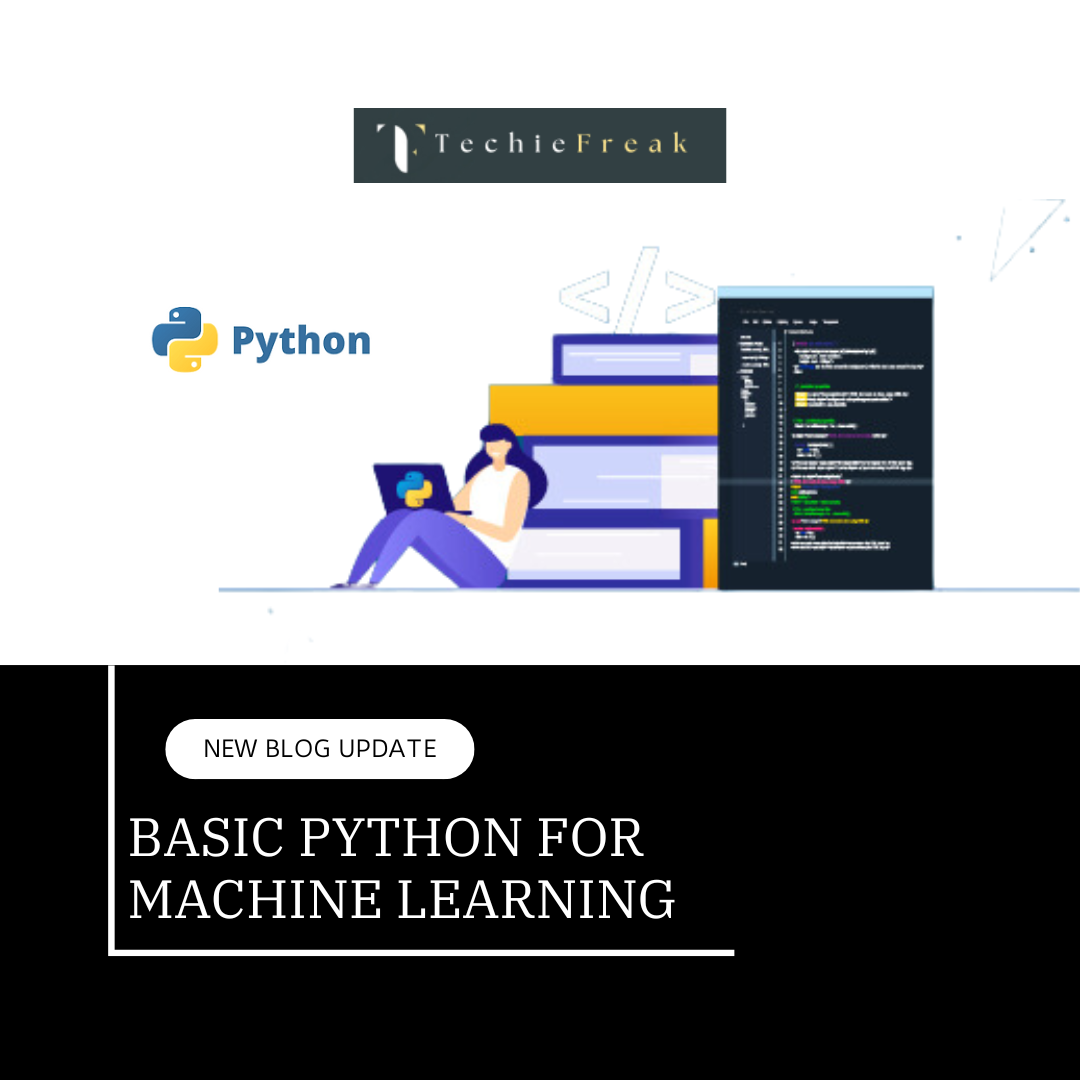
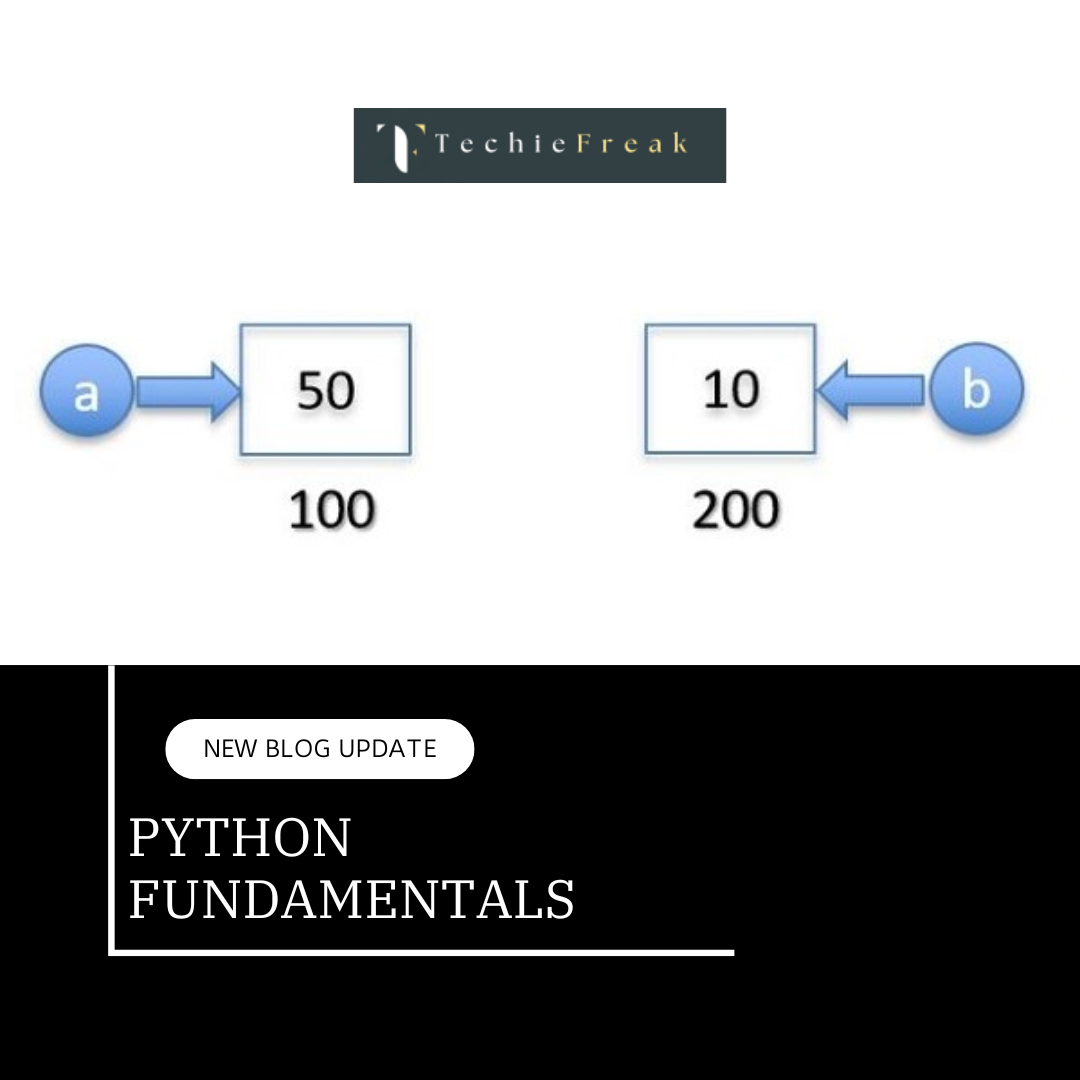
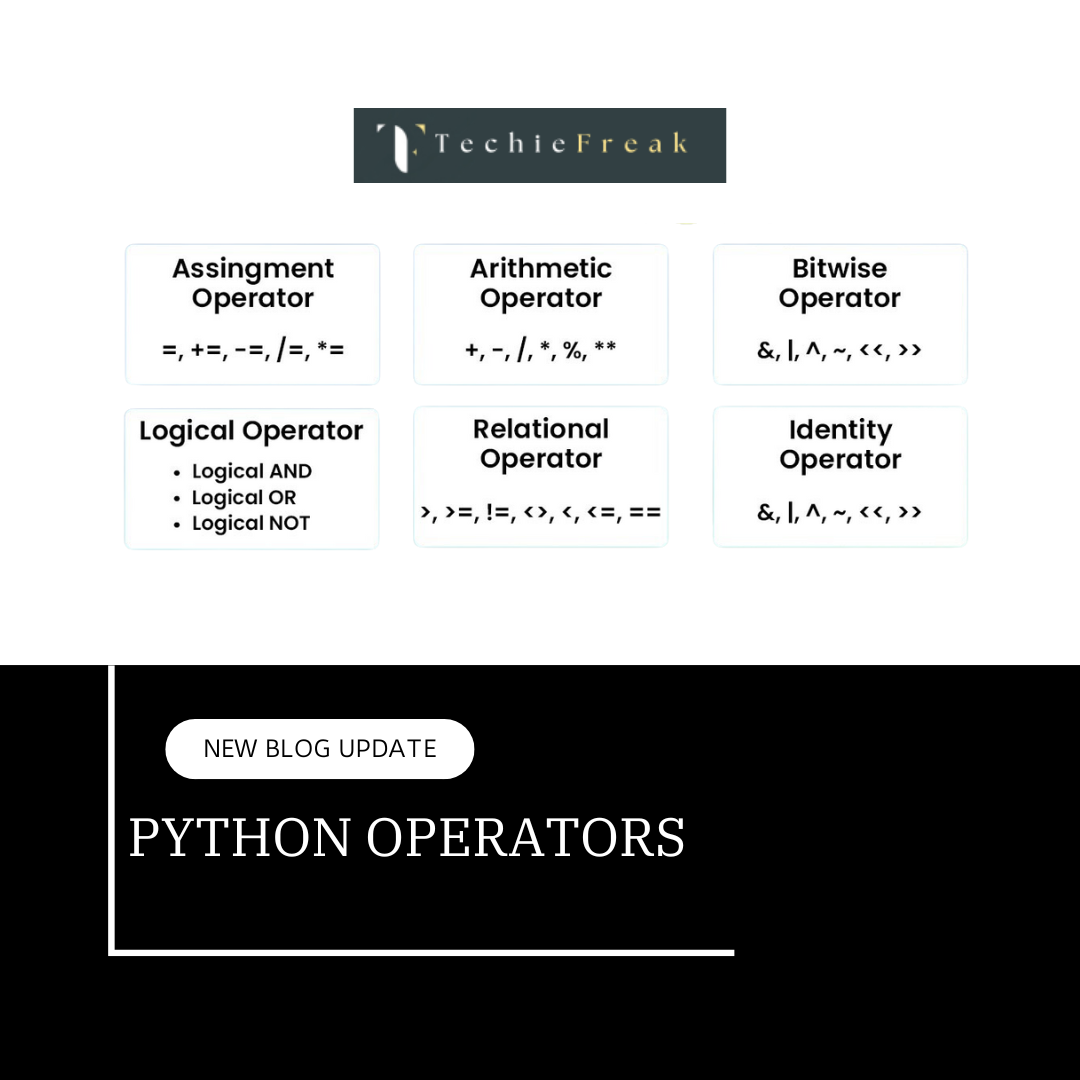
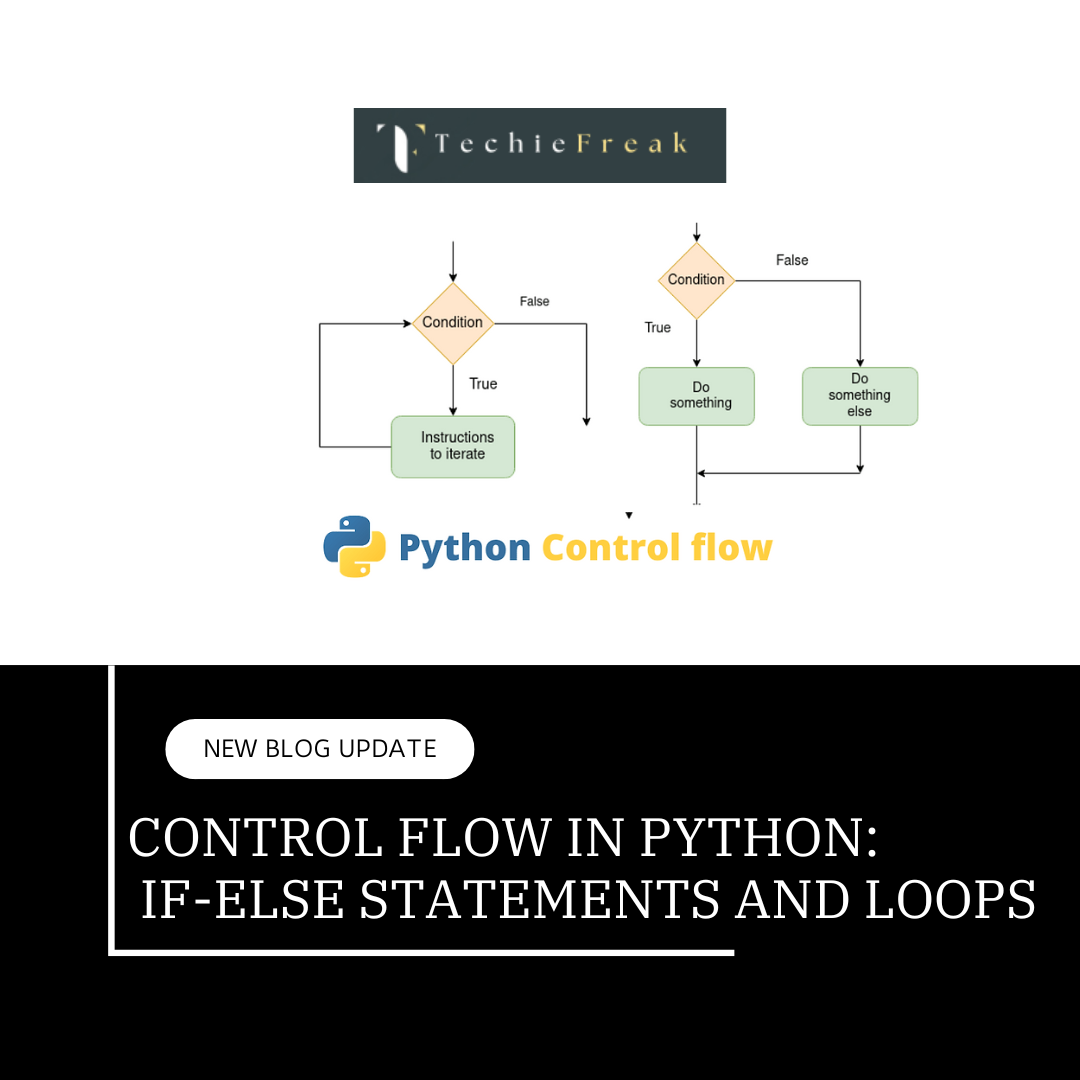

.png)


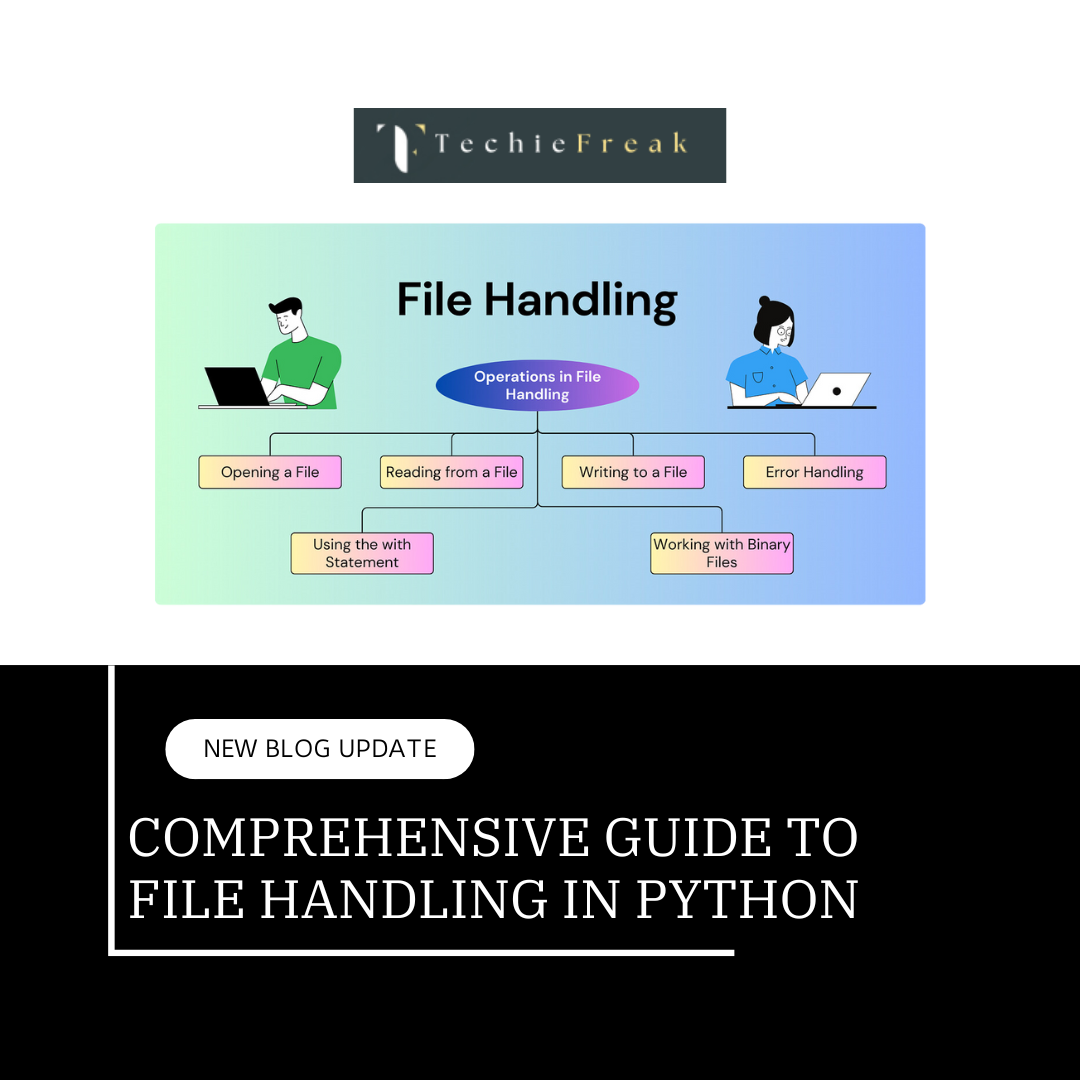
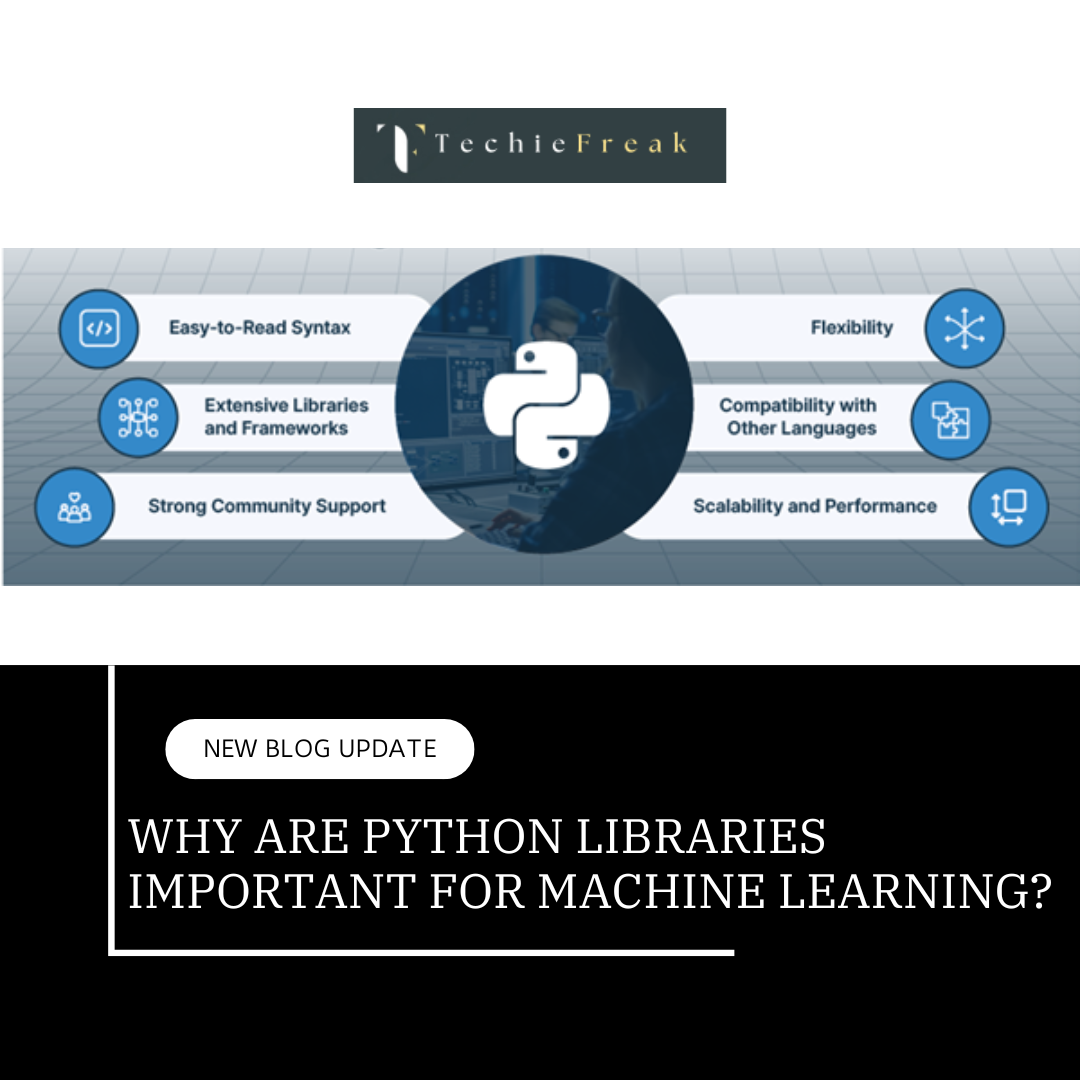


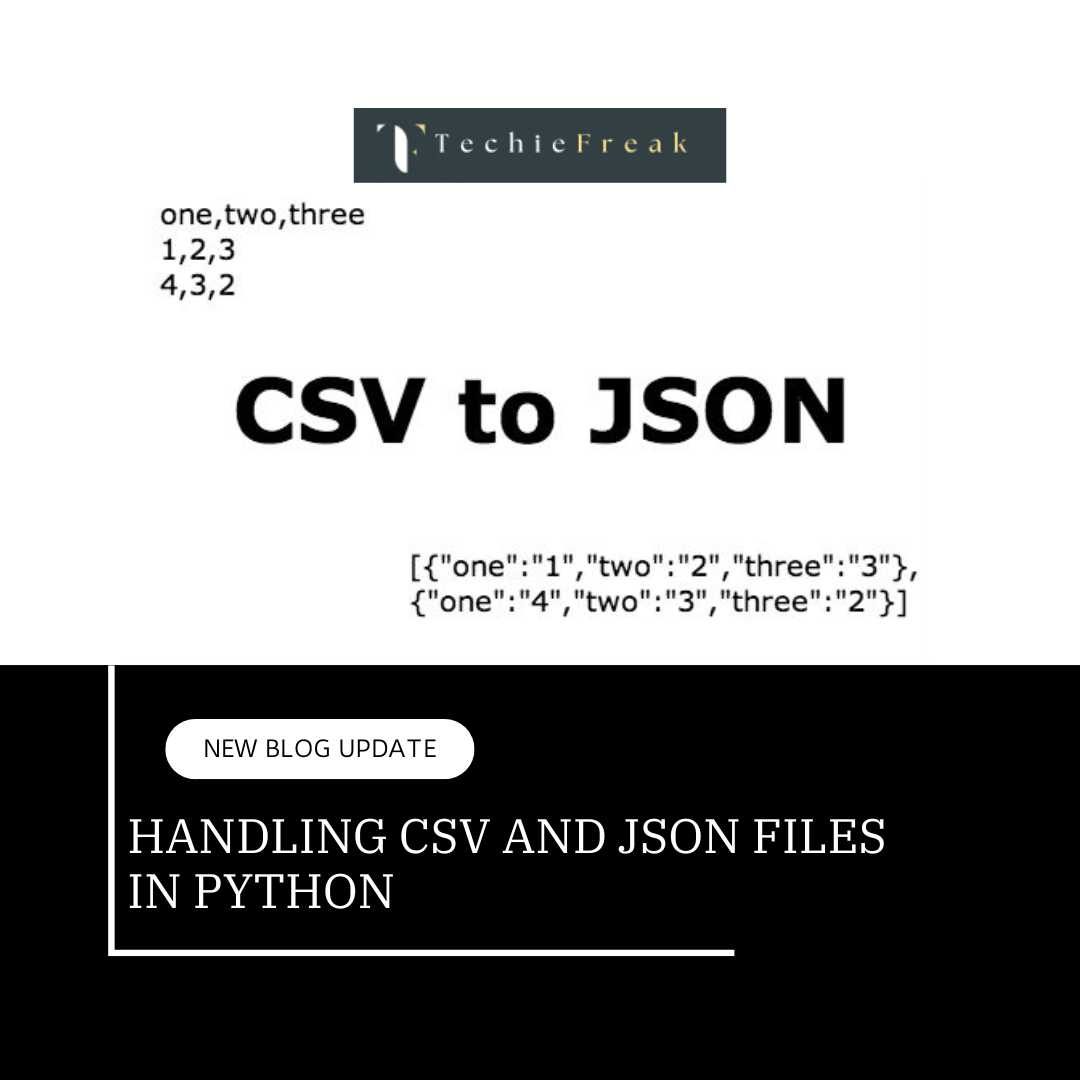
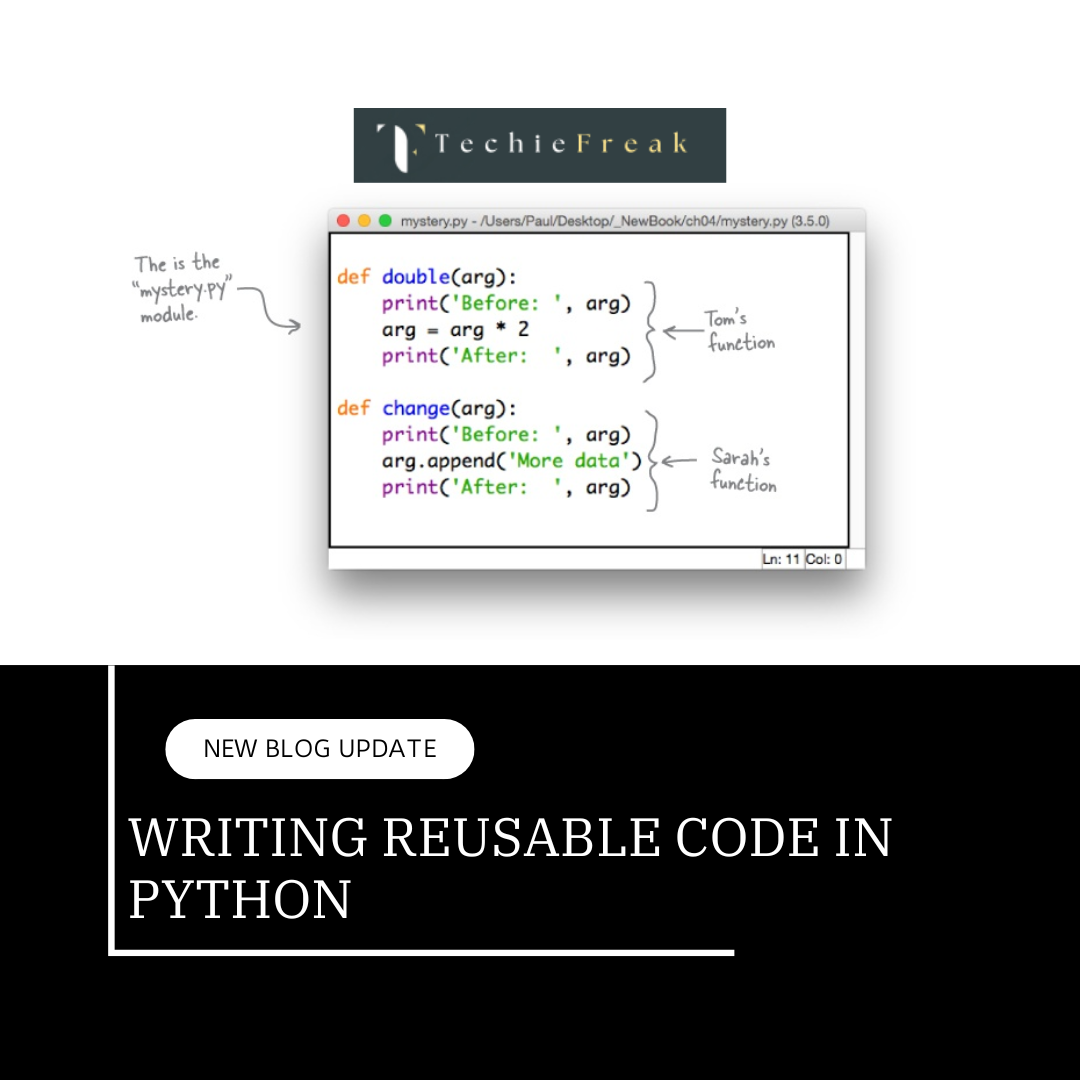
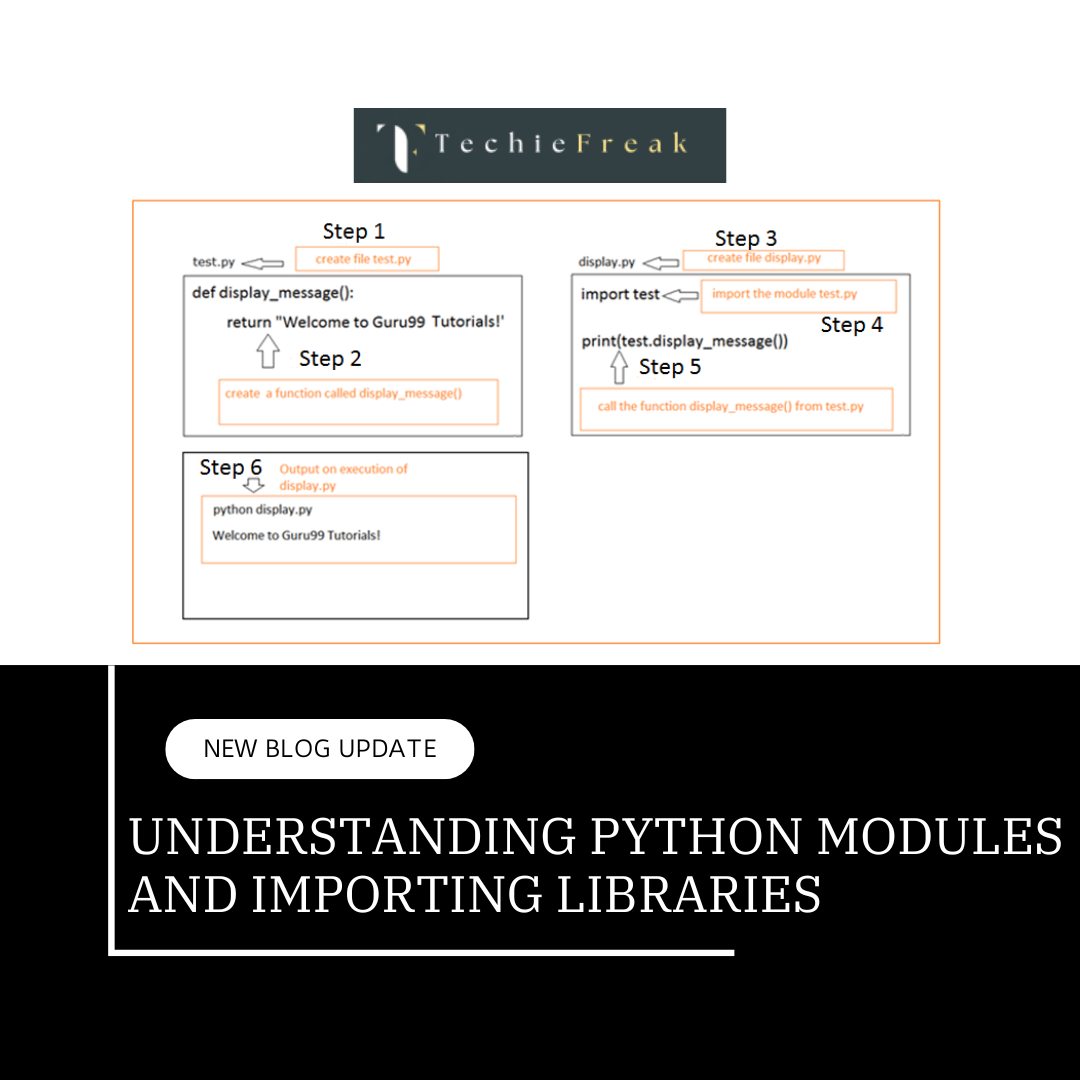
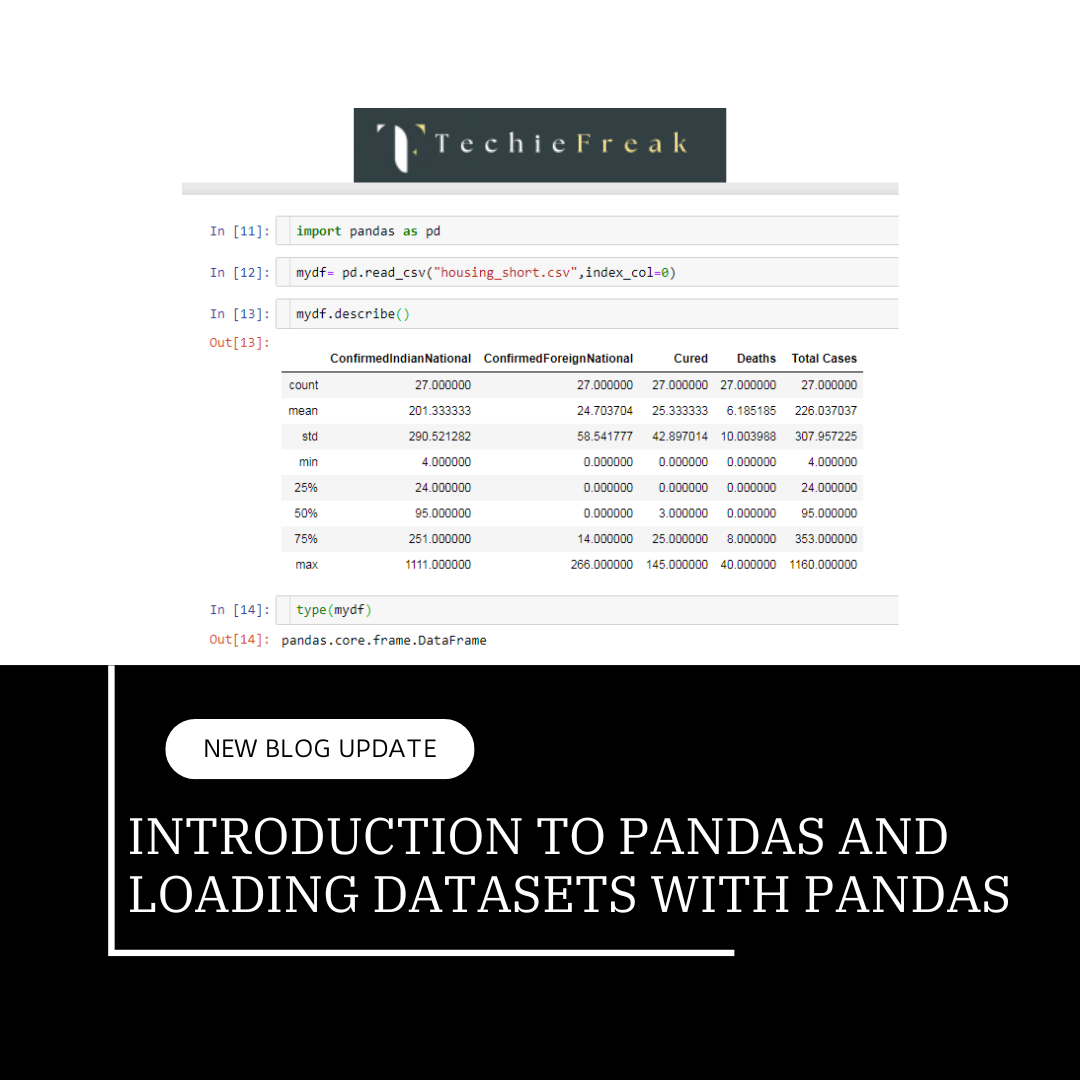
.png)

.png)
